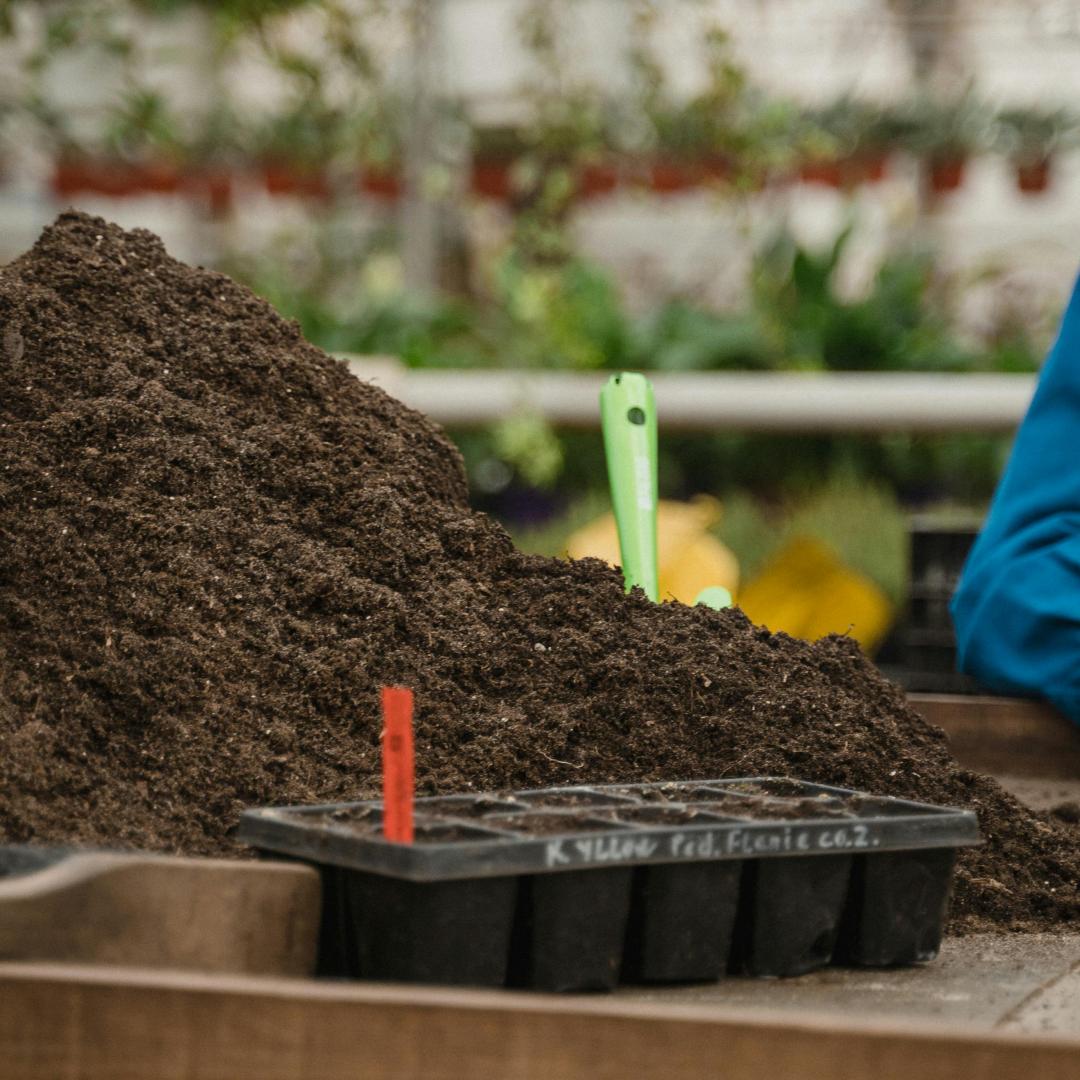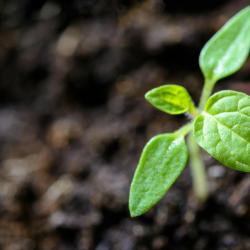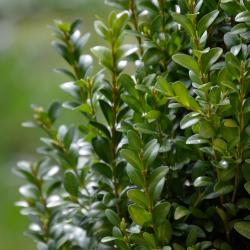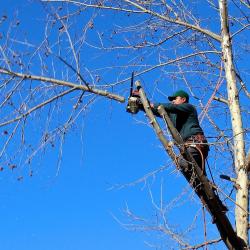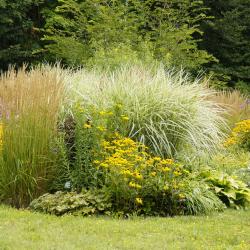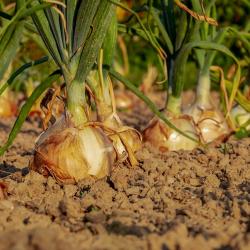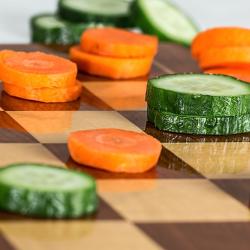Fall Gardening Tips: Preparing Your Garden for the Winter Months
As the vibrant hues of summer gradually give way to the rich, warm tones of autumn, gardeners face the critical task of preparing their gardens for the cold winter months ahead. Proper preparation not only protects your garden from the harsh elements but also sets the stage for a robust and flourishing spring. Here are some essential fall gardening tips to ensure your garden remains healthy and beautiful year-round.
1. Clean Up and Clear Out
The first step in preparing your garden for winter is to clean up any debris. Remove fallen leaves, dead plants, and any other organic matter that could harbor pests and diseases. Compost healthy plant material to enrich your soil, but dispose of any diseased materials to prevent problems from recurring next year.
2. Tend to the Soil
Fall is an excellent time to improve your soil quality. After clearing your garden, consider adding organic matter such as compost or well-rotted manure. This will enhance soil fertility and structure, allowing roots to thrive come spring. Testing your soil’s pH levels can also be beneficial; if needed, you can adjust acidity or alkalinity with lime or sulfur.
3. Protect Perennials and Bulbs
To safeguard your perennials, apply a layer of mulch around the base of each plant. This helps insulate the roots and retain moisture during the cold months. For bulbs, planting in the fall ensures a colorful spring display. Choose a sunny, well-drained location and plant bulbs at a depth three times their height.
4. Prune with Care
While it’s essential to prune dead or diseased branches, be cautious with pruning healthy growth. Pruning too late in the season can stimulate new growth that won’t have time to harden off before the frost. Focus on removing dead wood and any branches that could break under the weight of snow.
5. Protect Delicate Plants
For plants that are sensitive to frost, such as roses or young shrubs, consider using burlap wraps or creating a protective barrier with stakes and mulch. You can also dig up tender bulbs like dahlias or cannas and store them in a cool, dry place until spring.
6. Plan for Spring
Autumn is the perfect time to plan for next year’s garden. Consider drawing a map of your current plant layout and making notes about what thrived and what didn’t. This will help you make informed decisions about crop rotation and plant selection come spring.
7. Take Care of Garden Tools
Before storing your tools for the winter, give them a good cleaning to remove any dirt and rust. Sharpen blades and oil moving parts to keep them in good condition. Proper tool maintenance not only prolongs their life but also makes spring gardening more efficient.
8. Consider Cover Crops
Planting cover crops, such as clover or rye, can help protect and enrich your soil during the winter months. These crops prevent erosion, suppress weeds, and add nutrients back into the soil when tilled under in the spring.
9. Water Wisely
Before the ground freezes, ensure that your garden is well-watered. Plants that go into winter with ample moisture are less susceptible to damage from cold and wind. However, be mindful not to overwater, as soggy soil can lead to root rot.
10. Embrace Wildlife
Encouraging wildlife, like birds, can help control pests naturally. Consider leaving some seed heads on plants to provide a food source, and set up bird feeders to attract beneficial creatures to your garden.
By following these fall gardening tips, you can ensure that your garden is well-prepared to face the winter months. With a little effort and planning, your garden will be poised to burst back to life with renewed vigor come spring, offering you a beautiful and bountiful landscape to enjoy.
